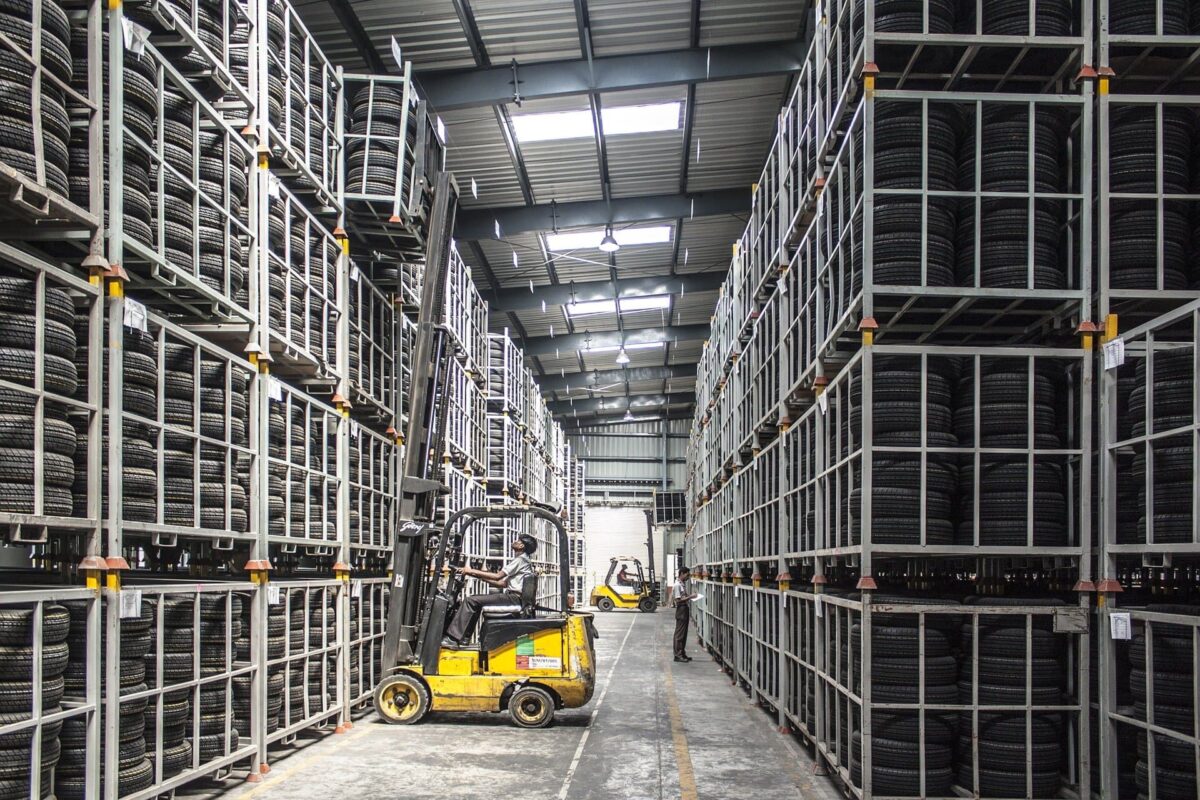This article discusses and compares the accounting treatment for inventories under MPSAS 12, MFRS 102 and Section 13 of MPERS. It highlights the main differences in the accounting treatment for inventories under the three standards.
This article, however, will not cover the discussion on which entity will use which standard as this discussion. Instead, the discussion is available in Financial Reporting Frameworks in Malaysia.
What is the definition of inventories?
MPSAS 12 defines inventories as assets:
- In the form of materials or supplies consumed in the production process;
- In the form of materials or supplies to be consumed or distributed in the rendering of services;
- Held for sale or distribution in the ordinary course of operations; or
- In the process of production for sale or distribution.
The definition of inventories under MFRS 102 and Section 13 are similar to the definition in MPSAS 12.
What are the measurement requirements for inventories?
Both, MFRS 102 and Section 13 of MPERS require entities to measure inventories at the lower of cost and net realisable value (“NRV”). IAS 2 Inventories further explains the measurement concept and principles for inventories.
The measurement principle
MPSAS 12, however, introduces two sets of measurement principle for inventories:
- Firstly, for inventories held for (i) distribution at no charge or for a nominal charge; or (ii) consumption in the production process of goods to be distributed at no charge or for a nominal charge – entities measure them at the lower of cost and current replacement cost.
- Secondly, for inventories that are held other than for the purpose stated in (1) – entities measure them at the lower of cost and NRV.
The above measurement principle in MPSAS 12 is very much different from MFRS 102 and Section 13 of MPERS. This is mainly due to the objectives of public sector entities itself – to provide goods and services to the public. The discussion on the nature and objectives of public sector entities is available in Why there is a need for public sector accounting standards?
Measurement of cost
In term of the measurement of cost, there is no significant difference between MPSAS 12, MFRS 102 and Section 13 of MPERS. The cost comprises of cost of purchasing the asset, cost of conversion and other costs incurred in bringing the inventories to their present location and condition.
However, MPSAS 12 provides additional guidance for inventories in a non-exchange transaction. In such a situation, entities measure the cost of inventories at their fair value as at the date of acquisition.
Besides those discussed above, other parts of the measurement requirements under MPSAS 12, MFRS 102 and Section 13 of MPERS are generally the same, including recognition as an expense and impairment losses (or writing down of the inventories value).
What are the differences in the disclosure requirements?
The disclosure requirements are generally the same between MPSAS 12 and MFRS 102. The disclosure requirements for inventories are available in IAS 2 Inventories. MPERS, being the simplified accounting framework, does not require entities to disclose the circumstances or events that led to the reversal of a write-down of inventories. Other disclosures for Section 13 of MPERS are the same with MPSAS 12 and MFRS 102.
The full details of MPSAS 12, MFRS 102 and Section 13 of MPERS are available on the issuing bodies website for reference.
We will continue the comparison analysis in our upcoming articles. Meantime, please enjoy other articles in Financial Accounting section.

